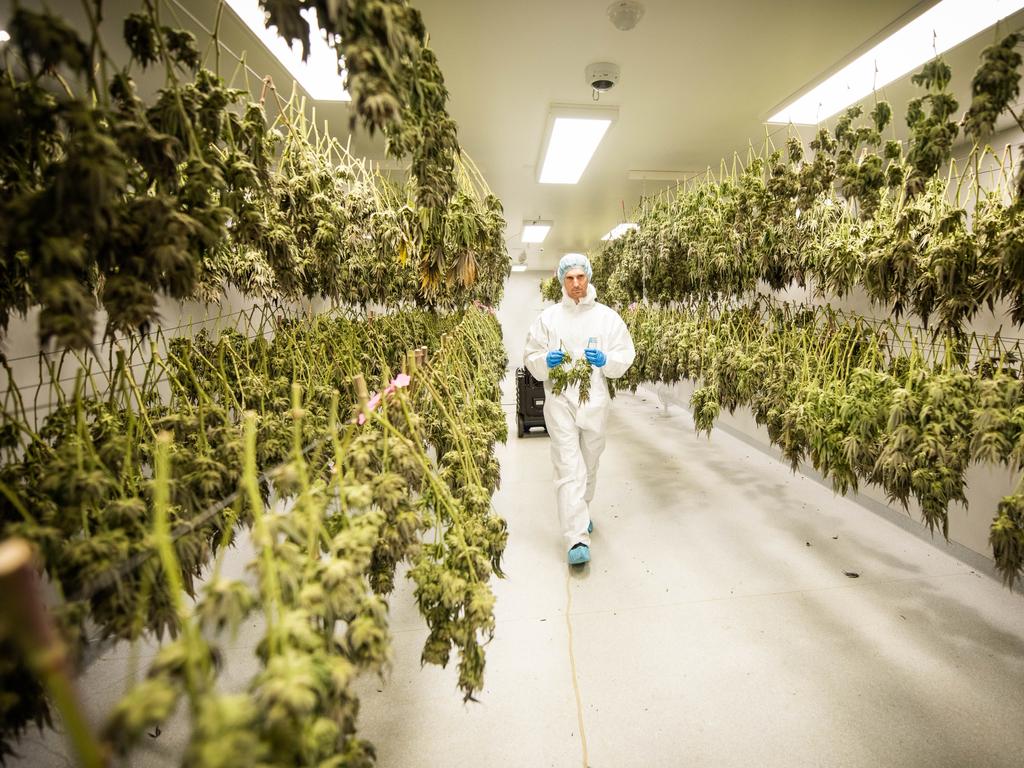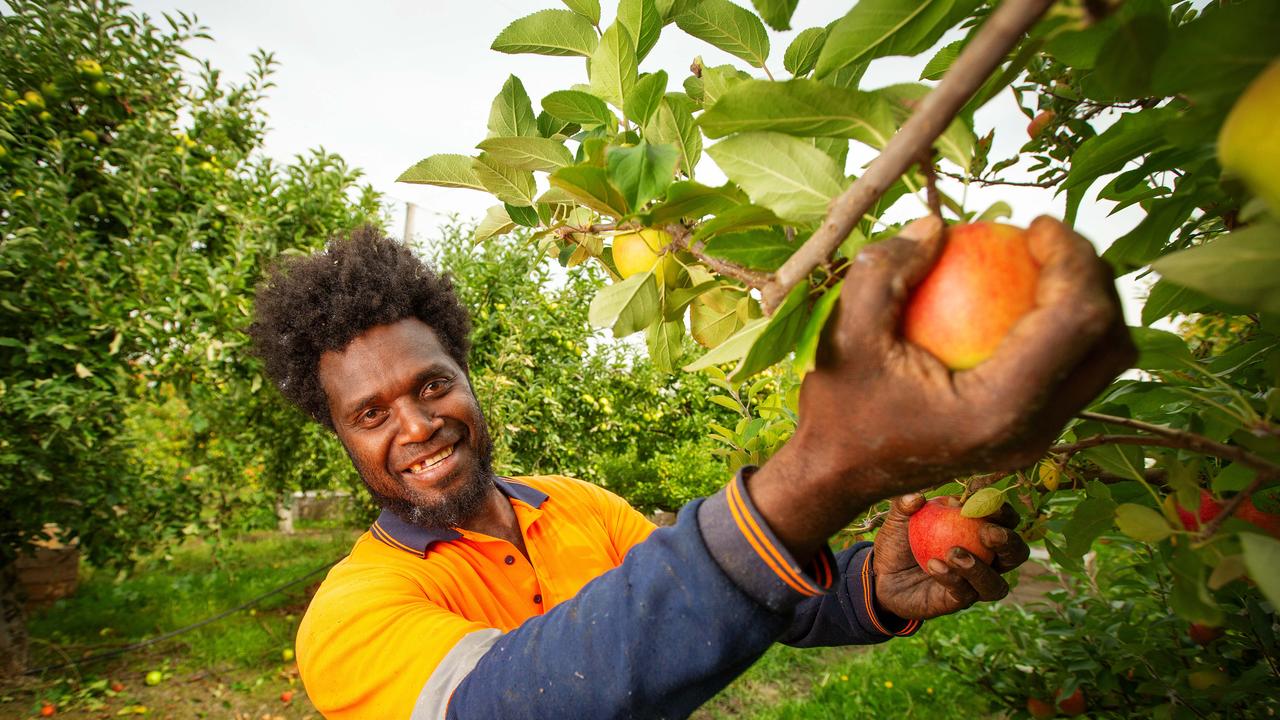Lucrative Chinese plants may be good medicine for Aussie farmers
Tasmanian research promises to help Australia crack into the burgeoning traditional Chinese medicines market, tipped to exceed $450bn by 2028, and provide farmers with lucrative new crops.

Tasmanian research promises to help Australia crack into the burgeoning traditional Chinese medicines market, tipped to exceed $450bn by 2028, and provide farmers with lucrative new crops.
The island state has a track record for developing high-value new export crops from scratch, from cool climate wines and cherries to poppies and pyrethrum.
Now a traditional Chinese medicine (TCM) research hub – a collaboration between the Tasmanian Institute of Agriculture, Nanjing University of Chinese Medicine and private investors – has had promising results exploring the potential of six TCM crops.
Investors believe other states could also seize the potential.
“There is huge demand – the estimation is by 2028 the worldwide value of revenue from Chinese medicine will be more than $US300bn,” said Jenny Wang, founder of W&E Health, which has invested $1.2m in the hub.
Seven PhD students – two from Nanjing and five from the University of Tasmania – have been testing the extent to which local farmed product can meet TCM standards specified for the plants’ bioactive compounds.
“E-tongue” equipment is providing objective assessment of taste qualities and research is examining post-harvest issues, such as drying and storage.
Supplies of wild-grown TCM plants in China are declining due to development and pollution.
“Australia has … different geographic characteristics that can fit into the different needs of TCM plants,” Professor Wang said.
Tasmania’s cool climate and good soils appear well suited to some TCM plants, and the hub has had promising early results with milkvetch and peonies.
“We’re hoping at least one of these crops will become a commercial reality for Tasmanian farmers,” said Dugald Close, head of the research hub.
A “broader-scale, commercially focused” trial of milkvetch, whose roots are used for immune support and organ health, was getting under way at the Forthside research farm, in the northwest.
The roots of peonies, already grown in Tasmania and Victoria for the flower market, are used in TCMs that target inflammation and circulatory health.
PhD candidate Celia van Sprang has discovered several varieties grown locally for flowers meet or exceed TCM standards for medicinal compounds in the roots.
Working with a commercial grower in the state’s north, as well as at the UTAS Mount Pleasant laboratories, Ms van Sprang is now experimenting to determine how fertiliser and removal of buds impacts root chemistry and growth.
A TCM market for peony roots could augment the existing flower industry or spawn a new industry focused on root production. “It opens up another level of potential, particularly with peonies and using roots that would otherwise be thrown out (after flower production),” she said.
Further research would determine how different root processing and storage methods impacted root chemistry and taste. “The experiments are really exciting - watch this space,” she said.
The other TCM plants being researched are Solomon’s seal, poor man’s ginseng, Chinese bellflower and perilla.






